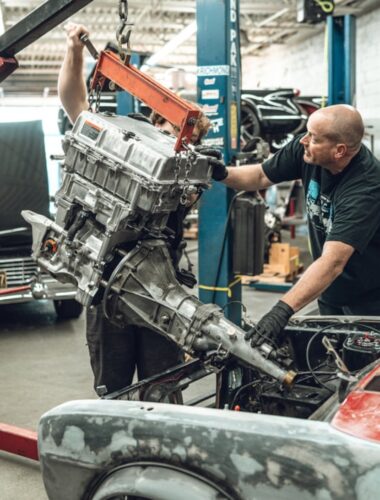Talk about bringing a knife to an AI fight, the clear winner was a knife. Or really, any large knife.
One New York school district learned this the hard way. It spent close to $4 million to buy an AI-powered weapons scanner from Evolv Technology that the company bills as “proven artificial intelligence” able to create a “weapons-free zone.”
Then, on Halloween last year, a student walked through the scanner carrying a nine-inch knife and used it to stab a fellow student multiple times, the BBC reported.
[…]
A BBC investigation found that while Evolv Technologies claims their systems can detect guns, knives, and explosive devices, during 24 walk-throughs a scanner missed 42% of large knives.
Evolv claimed it found a lot of knives and it saved a lot of time. These are weasel words. They cost $4m and failed. Was it worth the cost?
The obvious answer seems no, the school should have paid teachers that $4m instead.
Teachers broke up the altercation, local news station WKTV reported, and the victim was taken to the hospital.
Teachers ironically aren’t paid more for intelligence work, but they clearly have to clean up the mess when high cost low value AI is installed.





